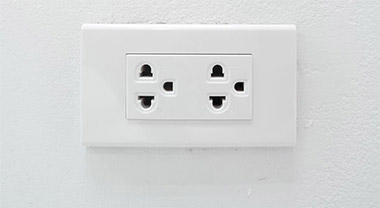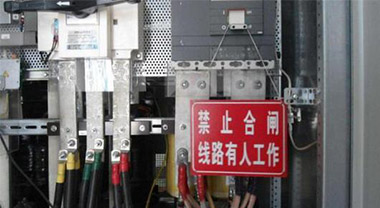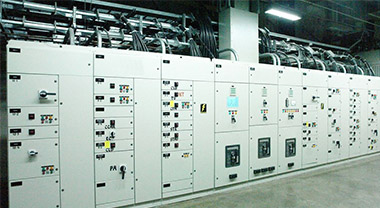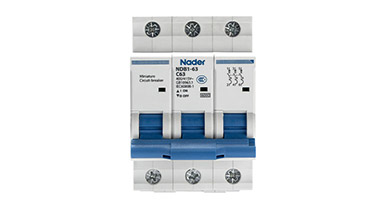Selection of low-voltage circuit breakers and fuses
In practical applications, whether to choose a circuit breaker or a fuse should be selected according to local conditions based on the fault characteristics of low-voltage distribution lines, work needs, and the comprehensive analysis of the advantages and disadvantages of the two low-voltage protection appliances. According to the principle of "advanced technology and reasonable economy", there are roughly 4 options for the selection of the two types of protection appliances.
(1) The protective electrical appliances in the main switch cabinet should use a new type of intelligent circuit breaker with comprehensive protection functions.
(2) For general equipment, a fuse should be selected for the protective electrical appliances in the general distribution cabinet. Because the fuse has good current limiting characteristics and low price, it is easy to meet the selective requirements. When there are not many power supply equipment, and the accidental power failure has little effect on the power equipment, non-selective circuit breakers can also be selected.
(3) Non-selective circuit breakers or residual current-operated protectors are usually used to protect electrical appliances in the terminal power distribution cabinet to improve protection sensitivity.
(4) For important equipment, intelligent circuit breakers should be selected at all levels, and ZSl technology should be used to ensure the selective coordination of level differences




